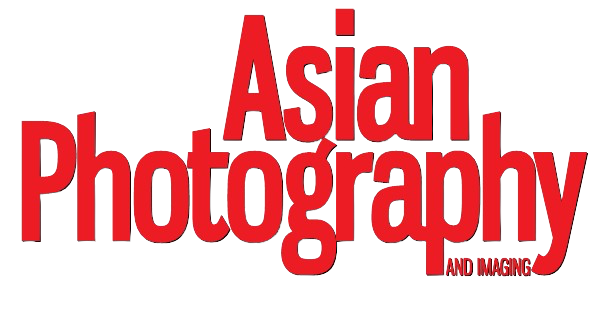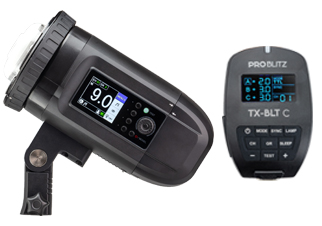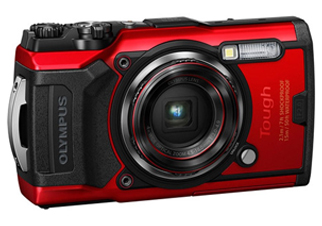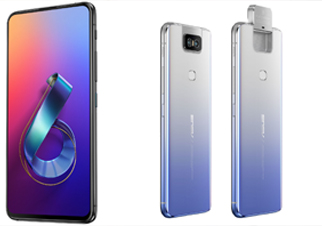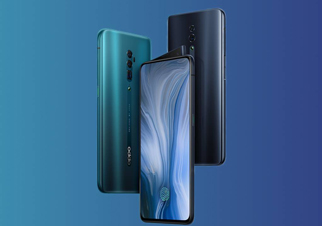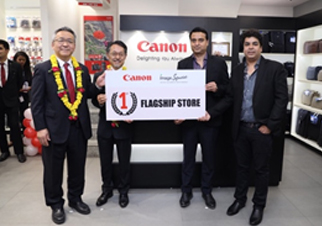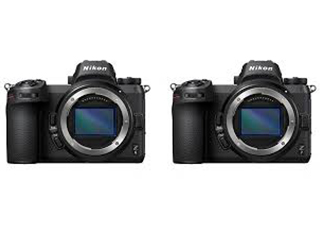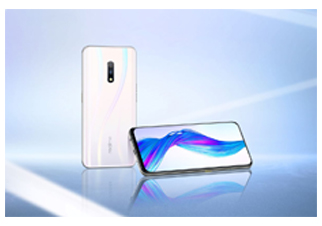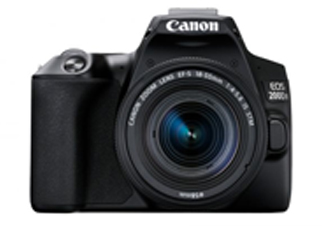Problitz DC 400
Photoquip, a photography equipment manufacturing company, recently launched a new product Problitz DC400 – a battery powered TTL monolight and a digital TTL Transmitter Problitz TX-BLT for Canon, Nikon, Sony and Fujifilm.
The Problitz DC 400 is a powerfull, battery powered monolight with both TTL and HSS capabilities, designed for photographers who like to shoot in real world. The Problitz DC 400 TTL function and the wireless triggering makes it easier for photographers, especially wedding and event photographers, to capture any moment without hassle. It automatically adjusts the power up to 400Ws across a 9-step range to get the perfect exposure. For photographers who prefer to have control of their lighting, the Problitz DC 400 manual mode gives you the freedom to adjust the flash output as per need. The manual mode with HSS overpowers the sun and any ambient light with a shutter speed of 1/8000s. It consists of three creative suite, Freeze Mode, Delayed Mode and Continuous Mode. Freeze motion with no compromise and a short flash duration of up to 1/19000s. In delayed mode, sync it with the second curtain with a delay range from 0.1s to 30s. In Continuous Mode, the power output range from 1.0 – 4.4 capture continuous bursts of up to 20fps. The Problitz DC 400 comes with a 15W warm colour LED modelling Lamp that provides bright light, conserves energy and extends lamp life. The heat ressitant glass shield securely guards the light bulb for added safety protection. The large LCD screen makes it easy to glance at all the controls in any weather.
The rechargeable 4400mAh Lithium battery specifically designed for Problitz DC 400 gives upto 400 full power flashes. The built-in battery level indicator makes it easy to check the charge level on spare batteries. The battery clicks on or off the Problitz DC 400 effortlessly and can be recharged quickly with the battery charger giving the photographers freedom and mobility to venture out from the studio and rapidly set up the lights on outdoor locations.
PROBLITZ TX-BLT
The Problitz TX-BLT is a digital TTL flash trigger that controls PROBLITZ DC 400. The clear LCD screen provides easy control of each of the functions such as power, modeling and sync settings, TTL, HSS, and rear curtain.
Compatibility:
TX-BLT C for Canon
TX-BLT S for Sony
TX-BLT N for Nikon
TX-BLT F for Fujifilm
It features High-Speed Support with 1/8000s and 2.4GHz, 16 channels x 3 groups (A/B/C). Its effective Range works with 300 meters in radius. USB firmware update is also available in Problitz TX-BLT and works on two 1.5V AAA batteries.
